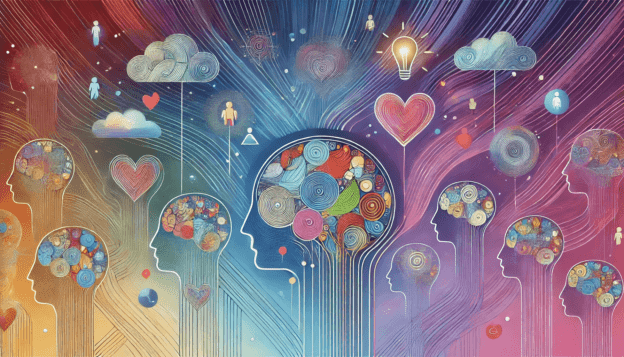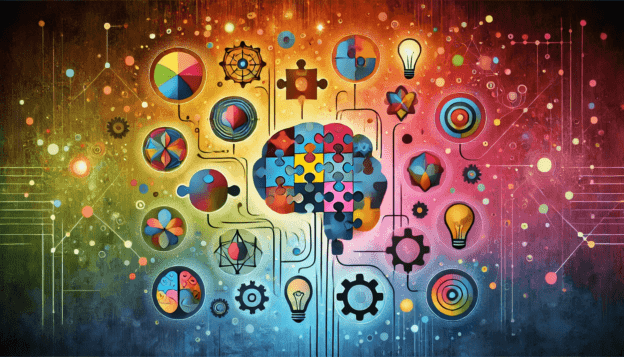This article explores the nuanced interplay between Autism Spectrum Disorder (ASD), Asperger Syndrome, and Attention Deficit Hyperactivity Disorder (ADHD), comparing their shared traits, differences, and their contrasts with neurotypicality. It delves into the unique challenges faced by neurodivergent individuals, including the pressure to conform to neurotypical norms, such as reading facial expressions, which can feel unnatural and burdensome. The article highlights key similarities, such as sensory sensitivities and executive functioning challenges, while distinguishing between hyperfocus in ADHD and intense interest in Asperger’s, emphasising the role of above-average intelligence in the latter. By focusing on strengths and fostering inclusivity, it advocates for greater understanding and tailored support for neurodivergent individuals.
Continue reading


